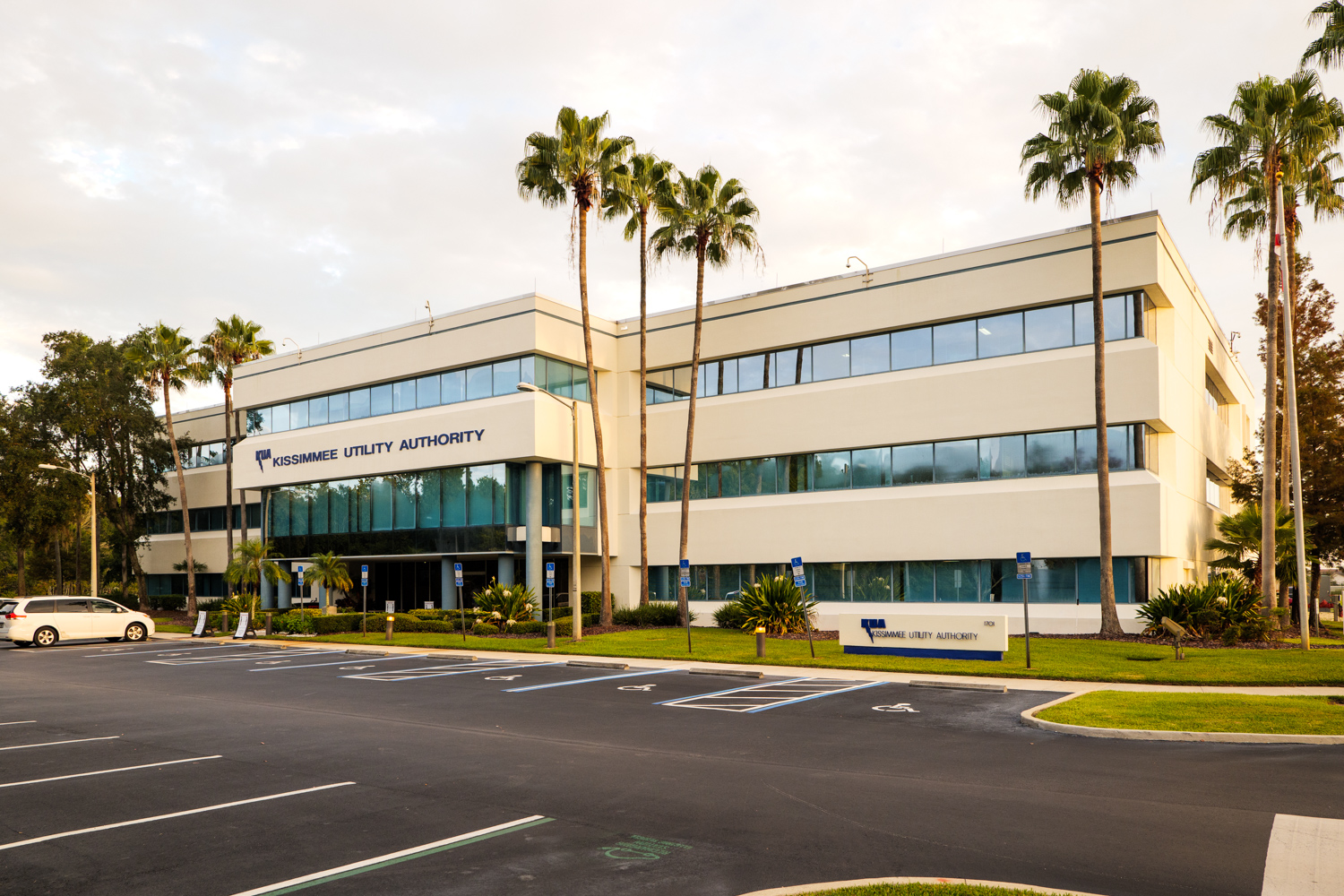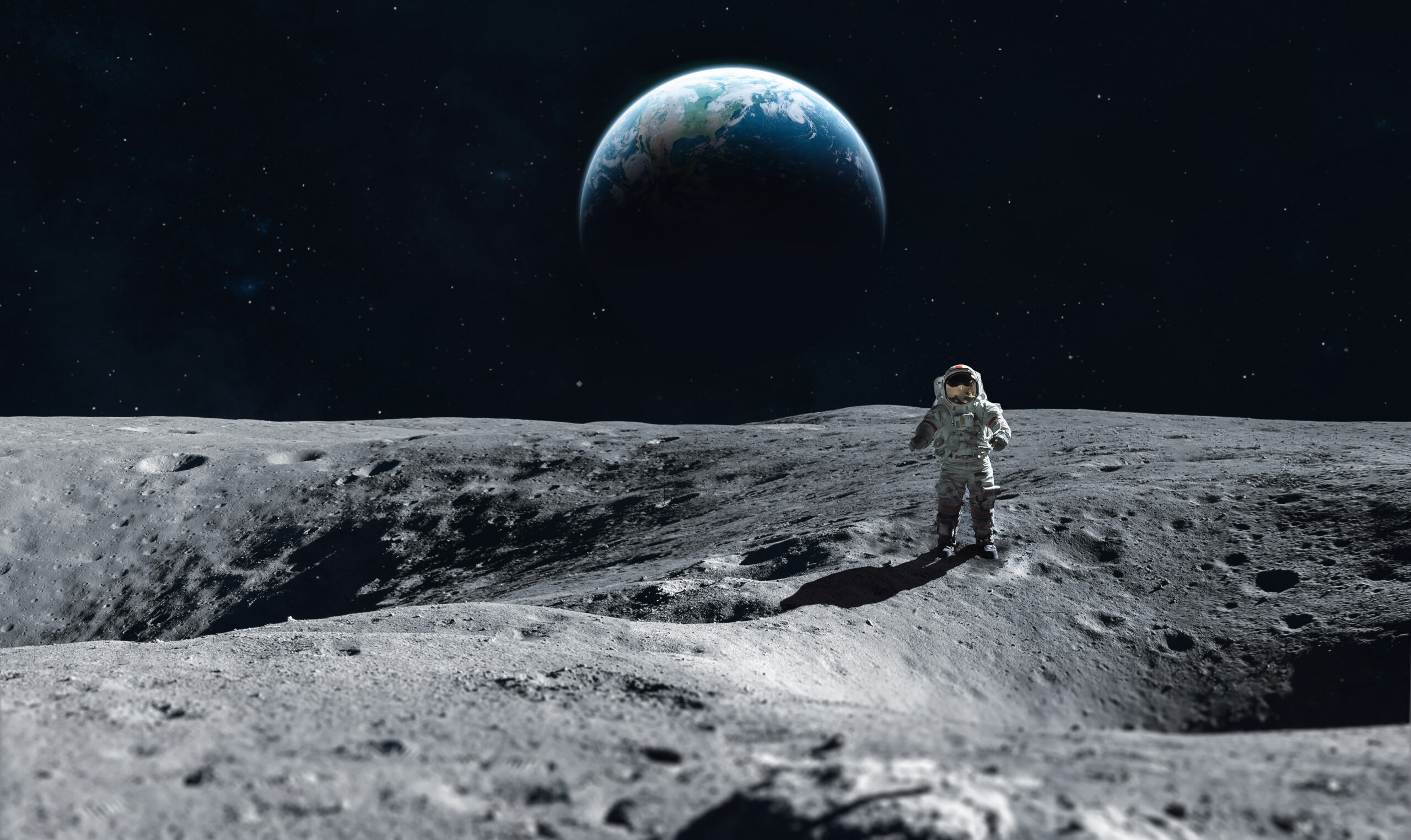This weekend marks 50 years since NASA first put a man on the moon, but many of the technologies invented for the groundbreaking Apollo space program are still used in our lives on Earth today.
Here’s a list of some of the most interesting inventions:
Attic Insulation. Insulating barriers made of metalized foil laid over a core of propylene or mylar, which protected Apollo astronauts and their spacecraft’s delicate instruments from radiation and heat, are now found in common home insulation to reduce heating and cooling bills.
Portable vacuum. The Dustbuster was only made possible thanks to Black & Decker’s work with NASA on developing a lightweight and power-efficient tool for the Apollo Lunar Surface Drill. The same motor design used on the 1969 moon landing was then used to create the Dustbuster.
Computer microchip. Modern microchips descend from integrated circuits used in the Apollo Guidance Computer. Before the Apollo mission, it would take hours to retrieve information from a computer the size of three refrigerators. The Apollo computer was the size of a briefcase with a keyboard that worked instantly.
MRI and CT Scans. Digital signal processing was pioneered at NASA for use during the Apollo lunar landings to computer-enhance pictures of the moon and to find imperfections in space components. This technology is now used in a broad range of Earthbound medical and diagnostic tools, including advanced body imaging techniques known as CT, CAT Scan and Magnetic Resonance Imaging (MRI).
Sources:
NASA’s Technology Transfer Program
History.org


